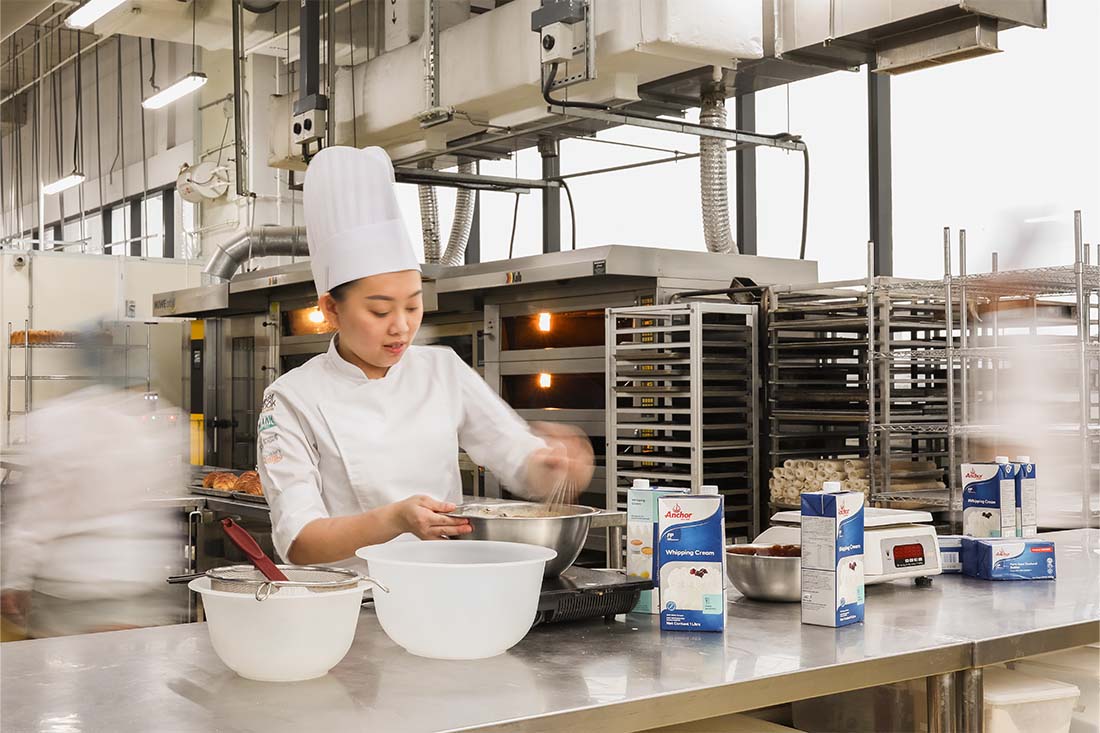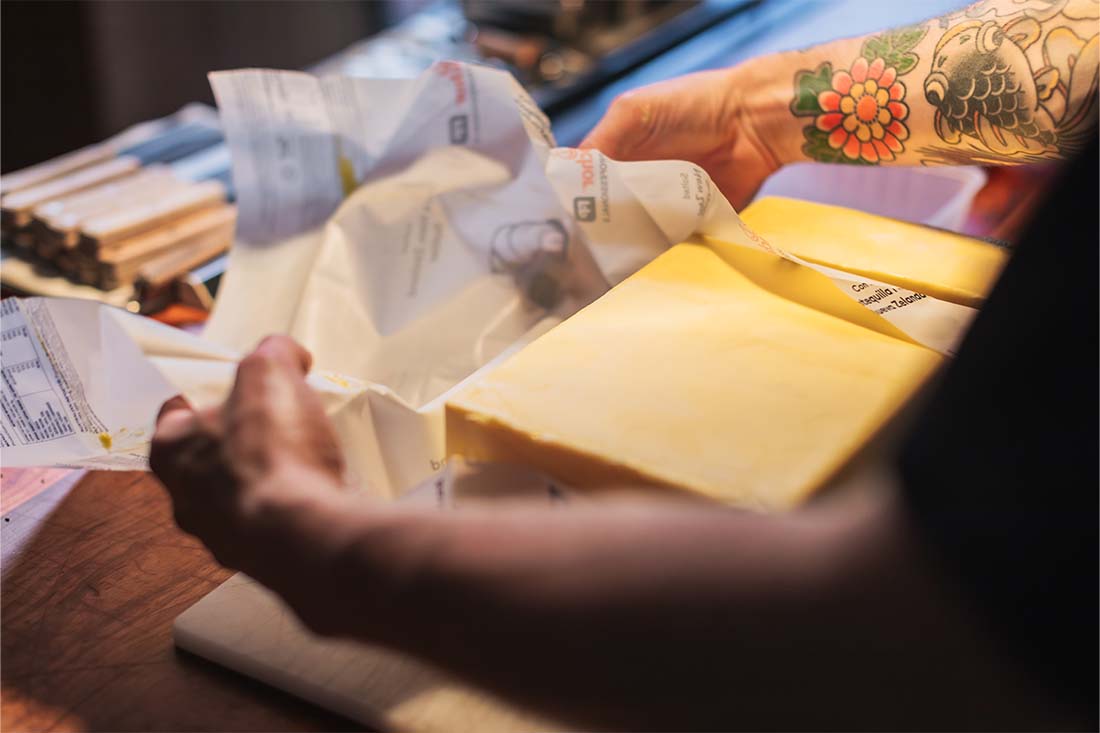Who we are
Born in New Zealand 135 years ago, Anchor Food Professionals has a history of innovation and world-leading expertise in pasture-based dairying, offering deep foodservice knowledge and a world-class product portfolio.
Why Anchor Food Professionals?
World class product portfolio
We create high-performing dairy products that keep up with you in your kitchens and bakeries. Specially crafted for foodservice, our range of butters, creams, cheeses and cream cheeses are made to deliver for chefs and bakers all around the world.
Deep foodservice knowledge
We know the business of food. With insights and inspiration to help you stand out from the crowd, from menu support and development, to supply chain and sales solutions – we're here to help your business grow.
New Zealand dairy expertise
As part of the New Zealand based Fonterra Co-operative, Anchor Food Professionals' expertise is rooted in our long history of dairy farming.



